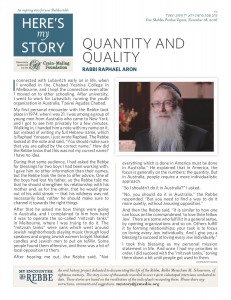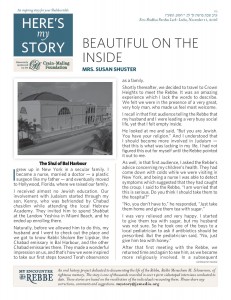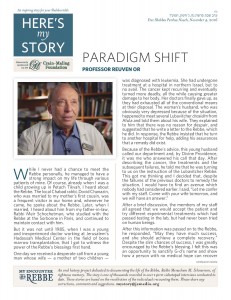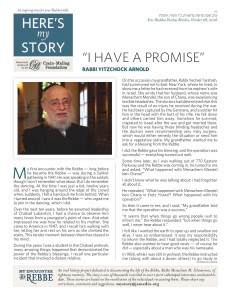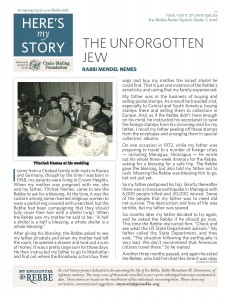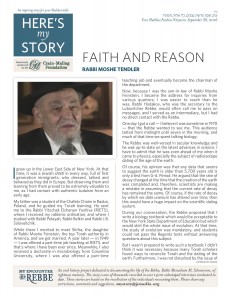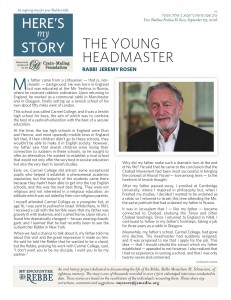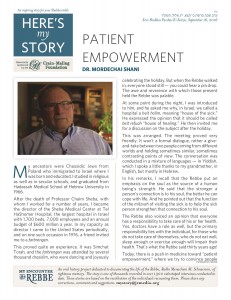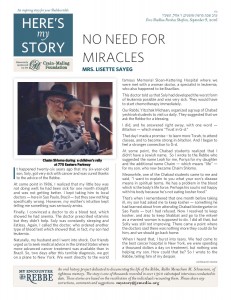Quantity and Quality
I connected with Lubavitch early on in life, when I enrolled in the Chabad Yeshiva College in Melbourne and I kept the connection even after I moved on to other schooling. . And, after university, I went to work for Lubavitch, running the youth organization in Australia, Tzeirei Agudas Chabad.
My first personal encounter with the Rebbe took place in 1974, when I was 21. I was among a group of young men from Australia who came to New York, and I got to see him privately for a few minutes. Walking in, I handed him a note with my name on it, but instead of writing my full Hebrew name, which is Raphael Yonason, I just wrote Raphael. The Rebbe looked at the note and said, “You should make sure that you are called by the correct name.” How did the Rebbe know that this was not my correct name? I have no idea.
During that same audience, I had asked the Rebbe for blessing for two boys I had been working with. I gave him no other information than their names, but the Rebbe took the time to offer advice. One of the boys had lost his father, so the Rebbe told me that he should strengthen his relationship with his mother and, as for the other, that he would grow out of his wild streak – that his wildness was not necessarily a bad thing, rather he should make sure to channel it towards the right things.
After that he asked me how things were going in Australia, and I complained to him how hard it was to operate the so-called “mitzvah tanks” in Melbourne, where I was trying to do it. The “mitzvah tanks” were vans which went around Jewish neighborhoods playing music through loud speakers and urging Jewish women to light Shabbat candles and Jewish men to put on tefillin. Some people found them offensive, and there was a lot of local opposition to them.
After hearing me out, the Rebbe said, “Not everything which is done in America must be done in Australia.” He explained that in America, the focus is generally on the numbers; the quantity. But in Australia, people require a more individualistic approach.
“So I shouldn’t do it in Australia?” I asked.
“No, you should do it in Australia,” the Rebbe responded. “But you need to find a way to do it more quietly, without arousing opposition.”
And then the Rebbe said, “It is similar to how one can focus on the commandment ‘to love their fellow Jew’. There are some who fulfill it in a general sense, by opening organizations and so on. Others fulfill it by forming relationships; your task is to focus on loving every Jew individually. And I give you a blessing to succeed at loving every Jew individually.”
I took this blessing as my personal mission statement in life. And once I had my priorities in order, I did succeed with the “mitzvah tanks,” toning them down a bit until people got used to them. (more…)


